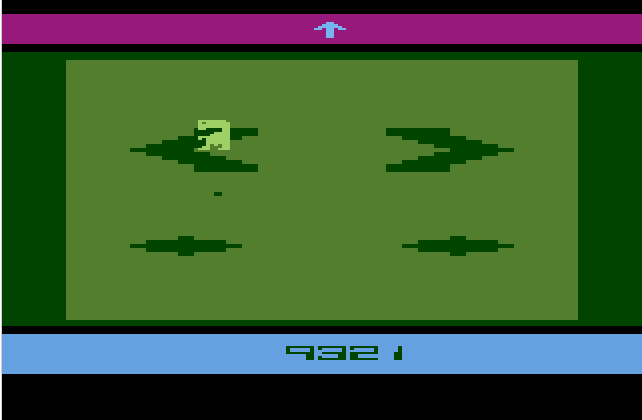PannenKoel2012 is the Super Mario 64 enthusiast (that’s the only word I can think of that matches) who has been working on reducing the number of A button presses needed to finish the game. They haven’t gotten it down to zero yet, and likely never will, but by resorting to increasingly extreme measures they continue to figure out ways to get it down. I think they’ve been working at this project for over 12 years; the oldest video on their Youtube account is that old.
Of arguably more interest than their quest, though, is its interesting byproducts, which is a series of Youtube videos, on both their main channel and alternate channel UncommentatedPannen, which not only explain how their many subtle and effective stratagems work, but also a number of aspects of how Super Mario 64’s engine works, and even basic principles of computer science. These videos are so in-depth that they have their own wiki to track the concepts they use, to explain turns like Parallel Universe (PU) and Pedro Spot.
When I say they return, it’s not that they ever left, but it’d been a while since they had a solid explainer. Now they have one, it has spoken narration instead of the text that marks many of the best videos, and the production values have even increased a bit:
In this video, a clever way to manipulate the pendulums in Tick Tock Clock to crash the game after 39 1/2 days of playing also takes into its sweep an excellent explanation of many of the systems compilers use to represent numbers and their limitations.
And here are a number of those interesting videos (by no means complete) that they’ve posted in the past: The Art of Cloning (17m29s) – Walls, Floors and Ceilings parts One (37m23s), Two (32m5s) and Three (37m26s, all three together being a pretty through explanation of how Mario 64’s platforming system works) – Blinking (eyes, 8m40s) – Floats (9m23s) – Pause Buffering (8m7s) – Pitch Conversation and Yaw Velocity Conservation (15m15s) – Sleeping (Mario, 7m25s) – Random Number Generation (12m37s) – Wall Hitboxes (6m50s) – Releasing Objects (5m18s) – How Holding Objects Really Works (12m1s) – Units, Speed and Sense of Scale (4m41s)
How to Crash SM64 Using a Pendulum (Youtube, one hour 12 minutes)

